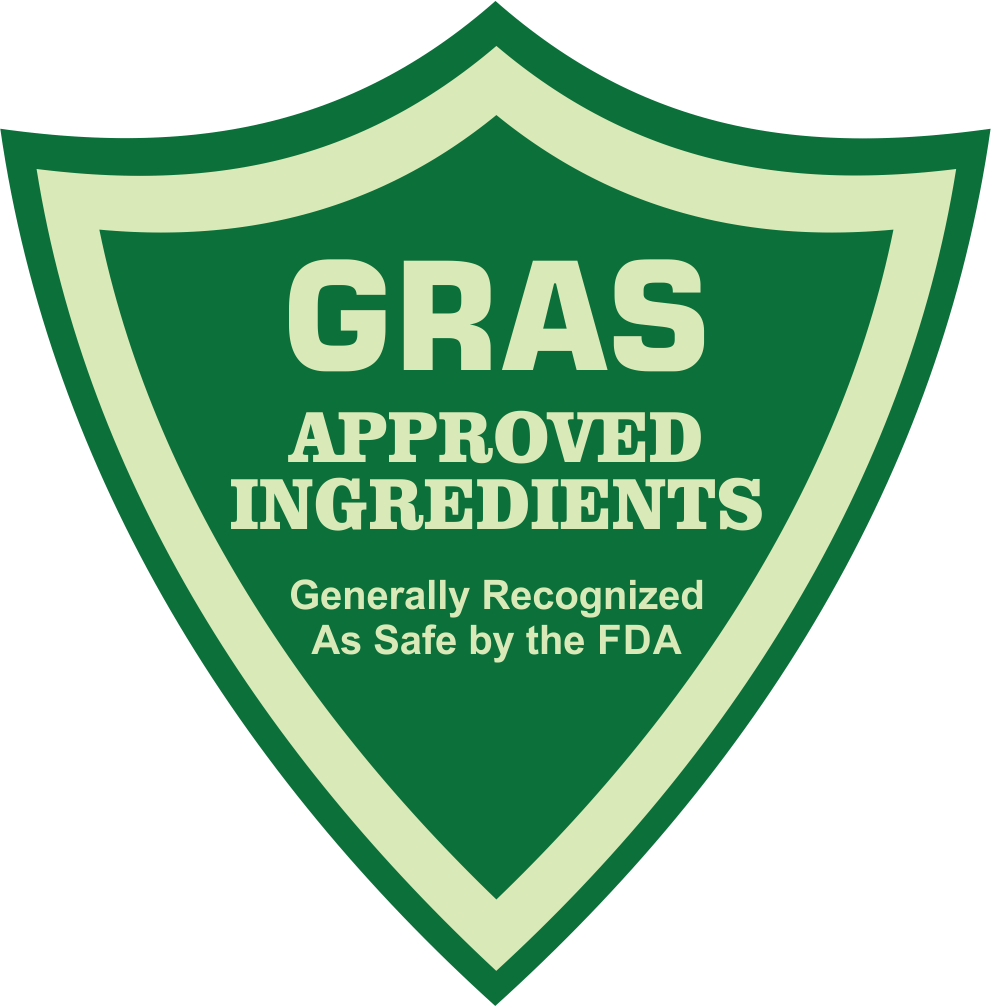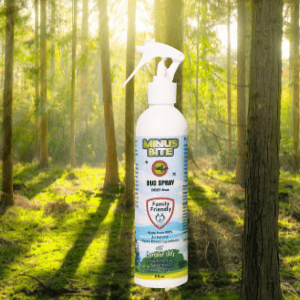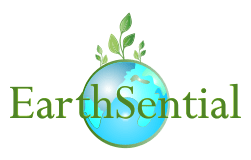Understanding the potential health risks associated with traditional household cleaners
Traditional household cleaning products pose a significant risk at a cellular level. These common cleaning agents often contain an assortment of chemicals, such as volatile organic compounds (VOCs), ammonia, chlorine, and synthetic fragrances.
Prolonged or repeated exposure to these substances can potentially disrupt cellular health and function, underscoring the importance of understanding the risks associated with their use and exploring safer alternatives to safeguard our well-being.
Research has indicated that certain chemicals found in traditional cleaning products can have a detrimental impact on various body systems, including the respiratory, nervous, and immune systems.
Understanding the potential health risks empowers individuals to make informed choices and take necessary precautions while using these products. By raising awareness about the hazards, we can actively work towards creating safer cleaning environments for ourselves and our families.
In this Article
- Potential health risks associated with traditional household cleaning products
- Allergic Reactions and Sensitization
- Asthma and Respiratory Problems
- Intracellular Reactions and Chemical Sensitivity
- Specific Chemicals of Concern
- Safer Alternatives
- Tips for Safer Cleaning Practices
- Recap
Common health issues linked to the use of these products:
The use of traditional household cleaning products has been linked to a range of health issues. One of the most common problems associated with these products is respiratory irritation.
The release of VOCs and other airborne chemicals during cleaning activities can trigger symptoms such as coughing, wheezing, shortness of breath, and exacerbation of asthma symptoms in susceptible individuals. Prolonged exposure to these chemicals has also been associated with the development of respiratory conditions like chronic bronchitis.
Moreover, traditional cleaning products have been implicated in skin irritation and allergic reactions.
Harsh chemicals present in these products can strip the natural oils from the skin, leading to dryness, redness, and itching. For individuals with sensitive skin or pre-existing skin conditions, the use of these products can worsen symptoms and cause discomfort.
In addition to respiratory and skin issues, exposure to certain chemicals in traditional cleaning products has been associated with adverse neurological effects.
Some chemicals, such as phthalates and triclosan, have been shown to disrupt hormone regulation and interfere with the normal functioning of the nervous system. Furthermore, exposure to these chemicals has also been linked to an increased risk of developing certain cancers.
This knowledge serves as a crucial first step towards creating healthier living environments and safeguarding our well-being.
Allergic Reactions and Sensitization
Allergic reactions caused by cleaning products can be a distressing and alarming consequence of exposure to specific chemicals. Many conventional cleaning products contain a variety of chemical compounds that have the potential to trigger allergic responses in susceptible individuals. These chemicals can disrupt the immune system’s normal functioning, leading to an inappropriate immune response characterized by the release of inflammatory mediators.
One common group of chemicals known to elicit allergic reactions is fragrances. Synthetic fragrances, often added to cleaning products to impart a pleasant scent, can contain numerous volatile organic compounds (VOCs) and other irritants. When these fragrances are inhaled or come into contact with the skin, they can induce allergic rhinitis (hay fever), allergic asthma, or contact dermatitis. Allergic individuals may experience symptoms such as sneezing, coughing, wheezing, nasal congestion, skin redness, itching, or hives upon exposure to fragranced cleaning products.
Even some preservatives used in cleaning products, such as formaldehyde and methylisothiazolinone, have been implicated in allergic reactions. These chemicals can act as sensitizers, meaning that repeated exposure can sensitize the immune system, leading to the development of an allergic response upon subsequent contact. Allergic contact dermatitis is a common manifestation of preservative-induced allergies, characterized by skin redness, swelling, itching, and the formation of blisters or lesions.
It is important to note that allergic reactions to cleaning products can vary in severity, ranging from mild skin irritations to more severe systemic reactions. Individuals with pre-existing allergies or asthma are particularly susceptible to developing allergic responses to these chemicals. Moreover, repeated or prolonged exposure to allergenic substances can sensitize individuals who were previously non-allergic, potentially leading to the development of new allergies.
Understanding the potential for cleaning products to trigger allergic reactions emphasizes the need for caution and the adoption of safer alternatives. By opting for fragrance-free, hypoallergenic, and dermatologist-tested cleaning products, individuals with sensitivities or allergies can significantly reduce their risk of experiencing adverse allergic reactions. Prioritizing ingredient transparency and selecting products that are specifically formulated to be gentle on the skin can contribute to a safer and more comfortable cleaning experience for all.
Asthma & Respiratory Problems
One of the common culprits in cleaning products is fragrance. Synthetic fragrances used in many cleaning products contain volatile chemicals that can irritate the respiratory system. These chemicals can be inhaled and can cause inflammation in the airways, leading to symptoms such as coughing, wheezing, and shortness of breath.
For individuals with asthma, fragrance exposure can be particularly problematic and may trigger asthma attacks.
More dangerous names commonly found in cleaning products, such as chlorine bleach, ammonia, and formaldehyde, can also pose risks to respiratory health.
Chlorine bleach, for example, can release chlorine gas when mixed with other chemicals, which can irritate the respiratory system and potentially cause lung damage.
Ammonia, when inhaled, can irritate the respiratory tract and worsen symptoms in individuals with pre-existing respiratory conditions.
Formaldehyde, a known respiratory irritant and potential carcinogen, can be present in certain cleaning products, especially those used for disinfection.
Studies have linked the use of traditional cleaning products to an increased risk of developing respiratory symptoms and respiratory disorders. Occupational exposure to cleaning agents has been associated with higher rates of respiratory problems, including asthma and chronic bronchitis, among cleaning workers. Moreover, individuals using cleaning products in their homes have reported respiratory symptoms and reduced lung function.
To protect respiratory health, it is important to choose cleaning products that are specifically designed for individuals with asthma or respiratory sensitivities.
Opting for fragrance-free or low-fragrance products can help minimize the risk of respiratory irritation. Additionally, using cleaning methods that involve good ventilation, such as opening windows or using exhaust fans, can help reduce exposure to airborne irritants.
By understanding the potential respiratory risks associated with traditional cleaning products and making informed choices, individuals can take proactive steps to protect their respiratory health. Choosing alternative cleaning products that are free from respiratory irritants and opting for safer cleaning practices can help mitigate the risk of asthma and respiratory problems, creating a healthier indoor environment for everyone.

Print this List:
Ingredients to Avoid
When choosing household cleaners, it’s essential to be aware of certain ingredients that may pose potential health risks.
Ammonia: Found in many glass and window cleaners, ammonia can irritate the respiratory system and eyes, especially when used in poorly ventilated areas.
Chlorine Bleach: Commonly used as a disinfectant and stain remover, chlorine bleach releases toxic fumes that can irritate the respiratory system and may react with other chemicals to form harmful byproducts.
Phthalates: These chemicals are often added to fragrances in cleaning products and have been associated with hormone disruption and reproductive health issues.
Formaldehyde: A known human carcinogen, formaldehyde can be found in some cleaning products, particularly those labeled as disinfectants or preservatives.
Triclosan: Often used as an antimicrobial agent in cleaning products, triclosan has been linked to hormone disruption and may contribute to antibiotic resistance.
Sodium Hydroxide: Also known as caustic soda or lye, sodium hydroxide is a highly corrosive ingredient found in some oven and drain cleaners, which can cause severe skin and eye irritation.
Ammonium Quaternary Compounds: These antimicrobial agents, commonly found in disinfectant cleaners, may trigger respiratory issues and skin allergies.
Petroleum Solvents: Derived from petroleum, these solvents (such as mineral spirits or petroleum distillates) can release volatile organic compounds (VOCs) that contribute to indoor air pollution and may cause respiratory irritation.
Remember to carefully read product labels and opt for safer alternatives that use plant-based ingredients and natural essential oils. Prioritizing your health and well-being is essential when choosing household cleaners.

Tips for Safer Cleaning Practices
When it comes to safer cleaning practices, there are several important tips to keep in mind to reduce exposure to harmful chemicals found in cleaning products. First and foremost, it is advisable to read product labels carefully and choose cleaning products that have transparent ingredient lists. Look for products that explicitly state they are free from harsh chemicals such as chlorine bleach, ammonia, and phthalates. Opting for products with eco-certifications or third-party certifications can also provide added assurance of their safety.
Proper ventilation is crucial during cleaning activities to minimize the inhalation of potentially harmful fumes. Opening windows and doors to allow fresh air to circulate can help remove any airborne chemicals. If possible, using exhaust fans or ventilation systems can further enhance air circulation. Additionally, it is important to avoid mixing cleaning products, as this can lead to chemical reactions and the release of harmful gases.
In some instances, wearing personal protective equipment (PPE) can provide an extra layer of safety. Gloves made from materials like nitrile or latex can help protect the skin from direct contact with cleaning product chemicals. Masks or respirators can be beneficial when working with aerosol sprays or in poorly ventilated areas, as they can prevent inhalation of harmful particles.
When using cleaning products, it is essential to follow the instructions provided by the manufacturer. This includes using the recommended amount of product, avoiding excessive use, and adhering to any specific safety precautions mentioned. Proper storage of cleaning products is also crucial. Keeping them out of reach of children and pets, and storing them in a cool, dry place away from direct sunlight can help maintain their effectiveness and prevent accidental exposure.
By implementing these safer cleaning practices, individuals can significantly reduce their exposure to harmful chemicals and promote a healthier indoor environment. Taking precautions such as proper ventilation, using protective equipment when necessary, and being mindful of product labels and instructions can contribute to safer and more effective cleaning routines.

Discover the Power of Nature with EarthSential
When it comes to ensuring the health and well-being of your home, EarthSential stands out as the safest choice for cleaning. EarthSential products are meticulously crafted with a strong commitment to using natural, non-toxic ingredients that are gentle yet highly effective.
With EarthSential, you can confidently clean your home without worrying about the potential hazards associated with traditional cleaning products.
What sets EarthSential apart is its unwavering dedication to providing a safe and healthy environment. Each product is carefully formulated to prioritize the well-being of both individuals and the planet.
EarthSential avoids the use of harsh chemicals, synthetic fragrances, and artificial dyes that can be detrimental to your health. Instead, their products harness the power of natural ingredients, derived from plants and essential oils, ensuring a clean and safe home environment.
By choosing EarthSential, you are making a conscious decision to protect yourself and your loved ones. The brand’s commitment to safety means that you can confidently clean any surface or room in your home without compromising your health.
From kitchens to bathrooms, bedrooms to living areas, EarthSential provides a comprehensive and safe cleaning solution for your entire home.
In addition to its focus on safety, EarthSential also recognizes the importance of holistic well-being. Their products offer aromatherapy benefits, thanks to the inclusion of essential oils.
The soothing scents create a calming and relaxing ambiance, elevating your cleaning experience to one that promotes both physical and mental well-being.
When it comes to cleaning your home for health and well-being, EarthSential is the ultimate choice. With their unwavering commitment to safety, use of natural ingredients, and dedication to your overall well-being, EarthSential provides you with the peace of mind you deserve.
Make the switch to EarthSential and experience the difference it can make in creating a clean, safe, and healthy home environment for you and your family.

The SAFEST All Natural Ingredients
EarthSential products are made with safety as our first ingredient! Our ingredients are all natural food grade and all found of the GRAS List, approved as SAFE ingredients by the FDA. Rest assured that our products are the SAFEST in the world, we made them that way.
Related Articles:
![]()
The true dangers

of cleaning with traditional cleaners
blog Ι May 22, 2023 Ι 5 Min Read
Toxic Cleaners:

The Hidden Dangers Lurking in Your Home and the Natural Solution
blog Ι July 14, 2023 Ι 5 Min Read
Buzz Off, Bugs!

The Top Advantages of Natural Bug Sprays
by Minus Bite Ι June 13, 2023


